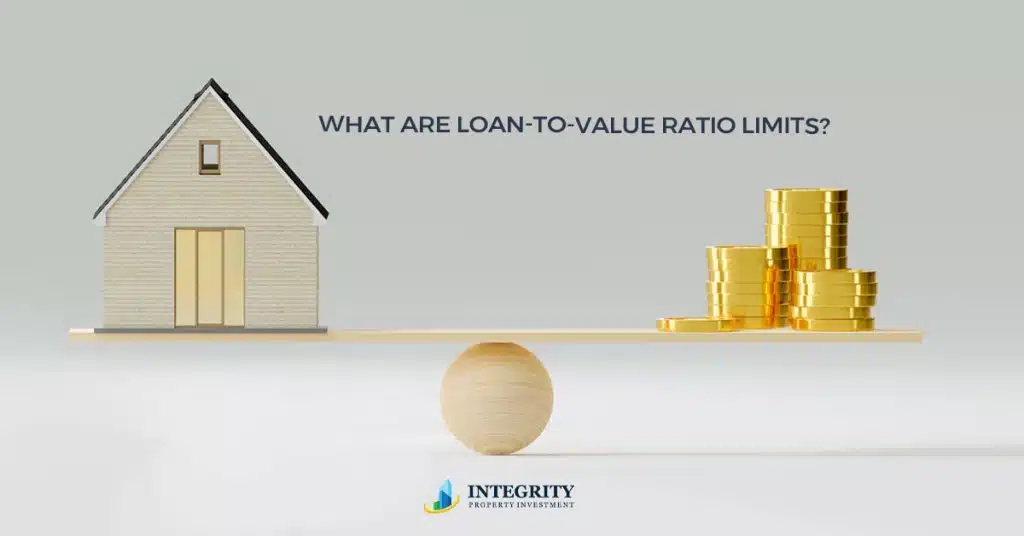What are LVR Limits?
Understanding property finance 👉2
To excel in real estate investing, it’s crucial to grasp the concept of Loan-to-Value Ratio (LVR) limits. These limits, set by banks, reflect the risk they associate with lending for different types of properties. The lower the perceived risk, the higher the LVR percentage the bank is willing to extend.
For instance, when it comes to owning your own home, banks may offer LVR limits of up to 95%. This is because your primary residence is typically the last thing you’d neglect. The residential market’s stability and consistent demand further reduce the risk for the bank.
Investment properties also carry relatively low risk, with banks often capping LVRs at 90%. This is because they remain residential and stable, though slightly riskier than owner-occupied homes. In financial trouble, individuals are more likely to neglect an investment property before their own home.
On the other hand, commercial properties typically have lower LVR limits of 60% to 70%. Longer vacancies and lower demand make them riskier for banks. In contrast, shares have an LVR limit of 30%, reflecting their extreme volatility. Banks are cautious, fearing that a rapid stock market decline could leave them with an unpaid loan.
A real-life example illustrates this: a surgeon claimed to have a 100% loan for shares. However, it turned out that the loan was secured against his property, not the shares. This highlights the stark difference in lending security between real estate and shares.
Property held in a trust often has an 80% LVR, while property within a Self Managed Super Fund (SMSF) is limited to around 70%, reflecting the higher risks associated with these structures.
Understanding LVR limits can significantly impact your investment journey, particularly in residential property. While commercial properties may offer higher yields and longer leases, LVR limits play a crucial role. Consider whether it’s more profitable to own one commercial property with a 40% deposit or four residential properties, each with a 10% deposit.
Capital growth is the key to real estate wealth, and the person with four residential properties can benefit from leverage. Leverage is a powerful factor in property investing, and knowledge of LVR limits is essential for your success as a property investor.
Join me next for my third property finance insight.
Stay tuned for more daily insights from Wealth Through Property.
~Daimien Patterson
JOIN OUR WEBINAR HERE
GET THE BOOK HERE


